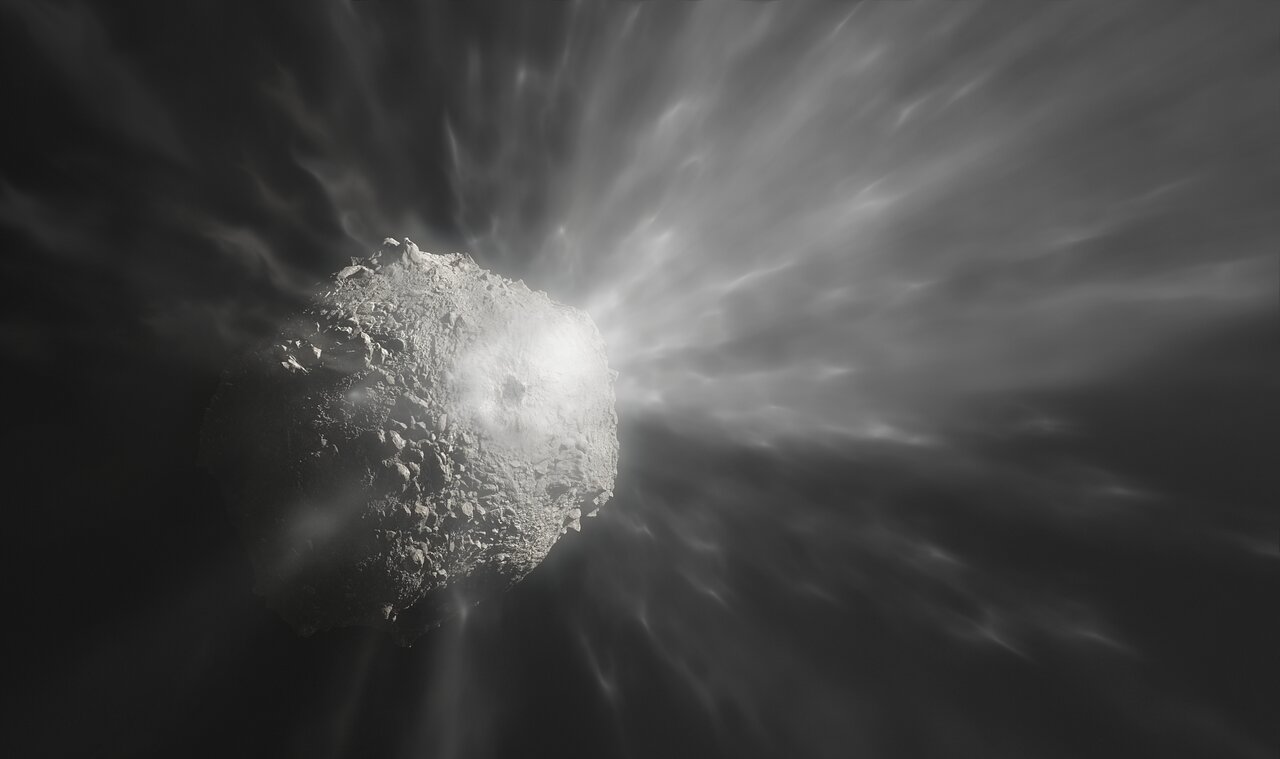When the DART spacecraft slammed into asteroid Dimorphos on September 26, 2022, telescopes worldwide (and in space) were watching as it happened. But others continued watching for numerous days afterward to observe the cloud of debris. DART’s (Double Asteroid Redirection Test) intentional impact was not only a test of planetary defense against an asteroid hitting our planet, but it also allowed astronomers the chance to study Dimorphos, a tiny moon or companion to asteroid Didymos.
New images released by the European Southern Observatory’s Very Large Telescope (VLT) show how the surface of the asteroid changed immediately after the impact when pristine materials from the interior of the asteroid were exposed. Other data tracked the debris’ evolution over a month, and provided details on how the debris changed over time. Additionally, astronomers searched for evidence of DART’s fuel but couldn’t find any.
Continue reading “Another Look at the Aftermath of DART's Impact Into Dimorphos”

